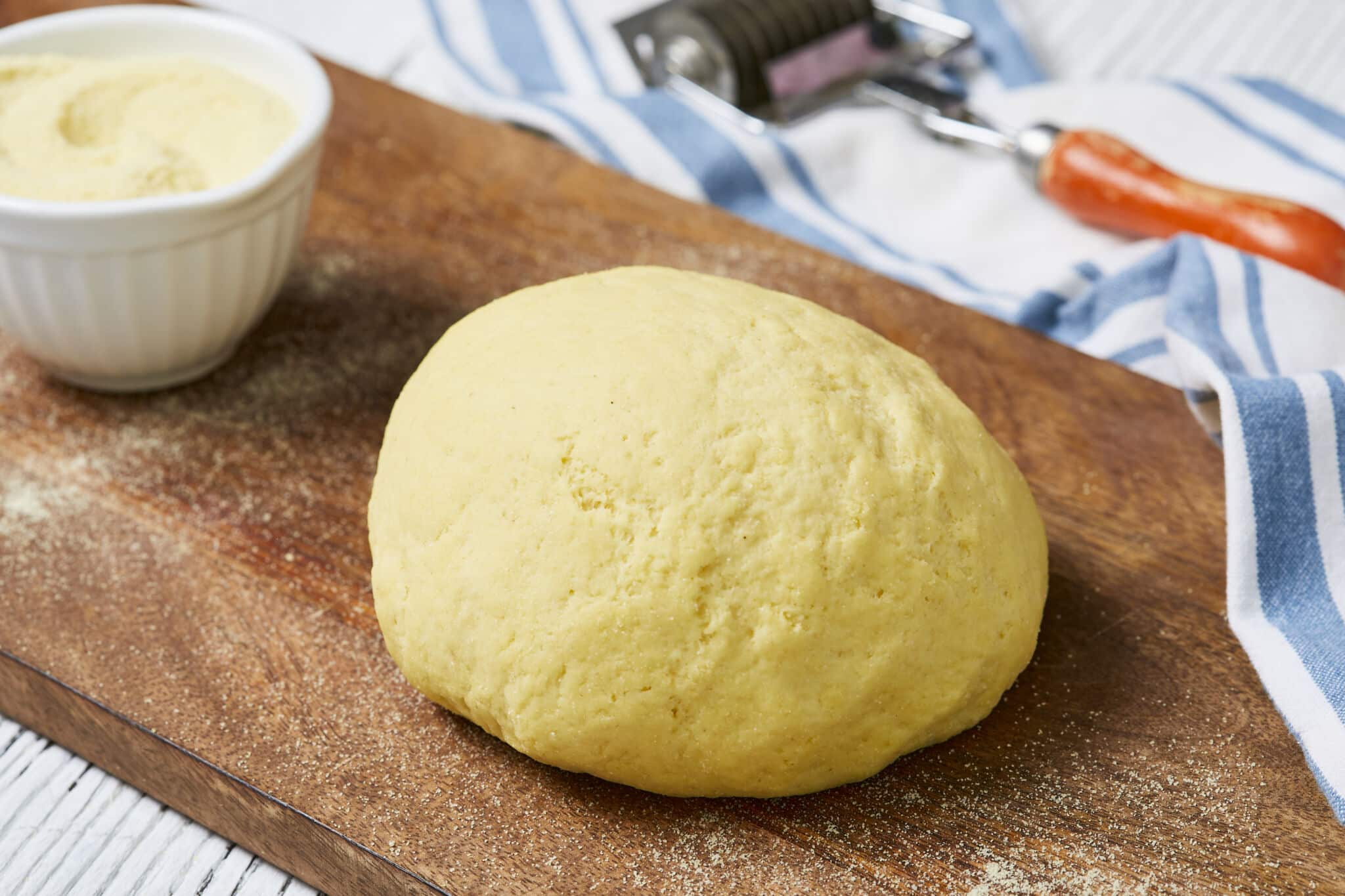
This post may contain affiliate links. Please see my full disclosure for details.
Hi Bold Bakers!
WHY YOU’LL LOVE THIS RECIPE: This 2-Ingredient Semolina Pasta Recipe will give you the satisfyingly chewy, hearty pasta of your dreams, and it’s the perfect dough to use for making traditional pasta shapes like this Orecchiette Pasta. It has a rich wheaty flavor with a slightly nutty taste, and its firm texture stands up beautifully to thick sauces.
There’s no comparison to fresh pasta, and you won’t believe how easy and fast it is to make your own from scratch, so let’s get started!
Table of Contents
- What is 2-Ingredient Semolina Pasta?
- Tools You Need
- Key Ingredients and Why
- How to Make 2-Ingredient Semolina Pasta
- Can I Make 2-Ingredient Semolina Pasta in Advance?
- FAQs
- Gemma’s Pro Chef Tips
- More Pasta Dough Recipes
What is 2-Ingredient Semolina Pasta?
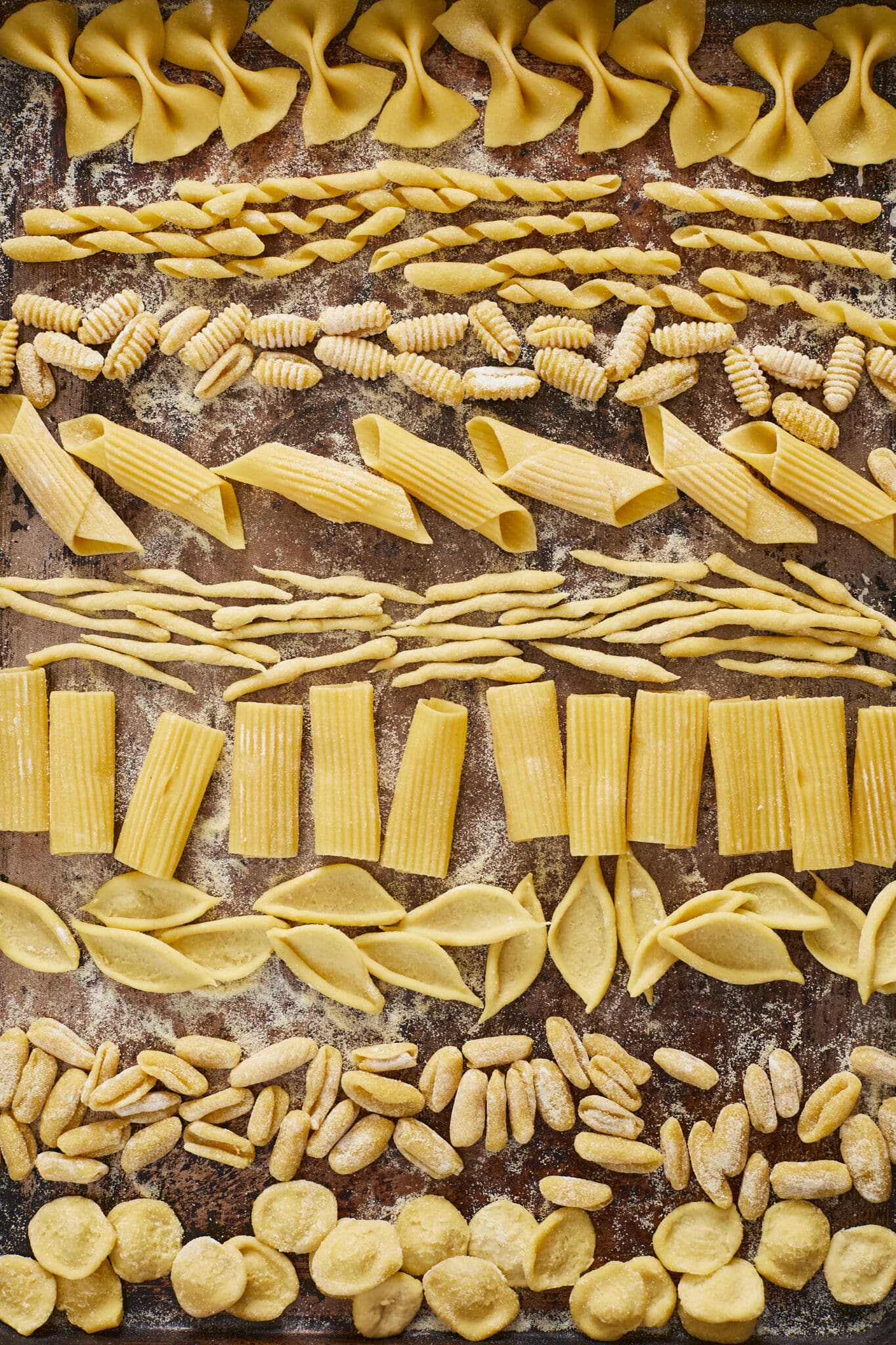
- 2-Ingredient Semolina Pasta is a dough made from semolina flour and water.
- Known as “pasta di semola” in Italy, it’s a traditional pasta that’s popular in Southern Italy, particularly Puglia, Calabria, and Sicily, where durum wheat is grown.
- Pasta made with semolina flour has a more robust, wheaty, nutty taste than pasta made from all-purpose flour.
- Semolina pasta comes in various shapes and sizes, each offering a unique texture and the ability to hold different types of sauces. Popular types include Busiate (spiral), gnocchettie (thin ribbed shells), Trofie (twisted pasta), Foglie (Olive leaf), Cavatelli (mini hot dog bun), Orecchiette Pasta (small ears). Check out Homemade Pasta Shapes to see how you can easily and professionally make them at home!
Tools You Need
Key Ingredients and Why
- Semolina flour is made from hard durum wheat, the species of wheat used to make pasta.
- This high gluten, high protein (13%) content gives semolina flour more durability and elasticity. That helps the pasta keep its shape while cooking and gives your pasta that wonderful al dente texture.
- It has a coarse, grainy texture, and is pale yellow in color from the carotenoids, the natural pigment found in durum wheat as well as in carrots and sweet potatoes.
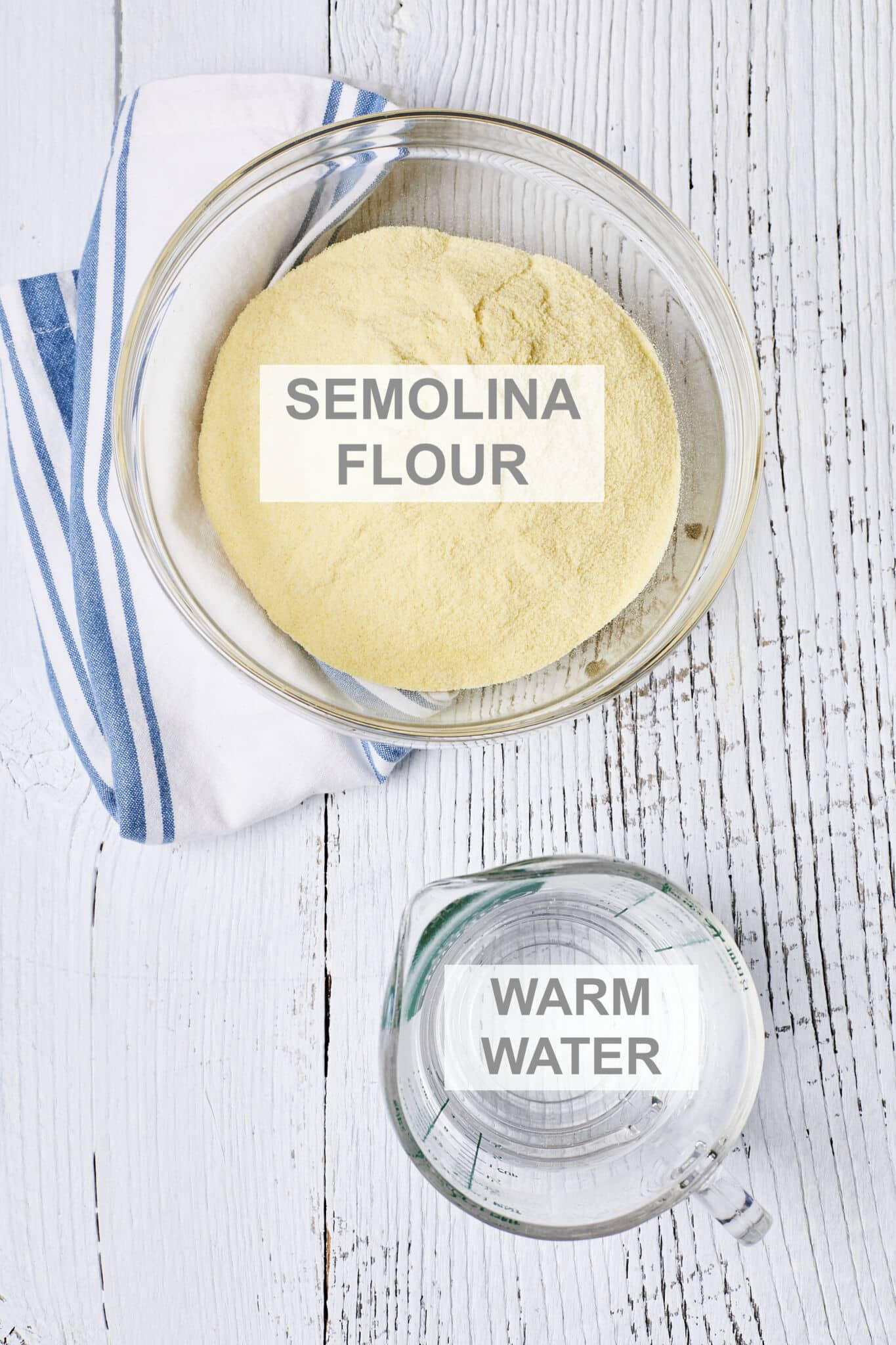
How to Make 2-Ingredient Semolina Pasta
- Put the semolina in the food processor.
- With the machine running, slowly add the water.
- Mix for 30 seconds.
- Remove, give it a brief kneading on your work surface, and let the dough rest for at least 30 minutes before using.
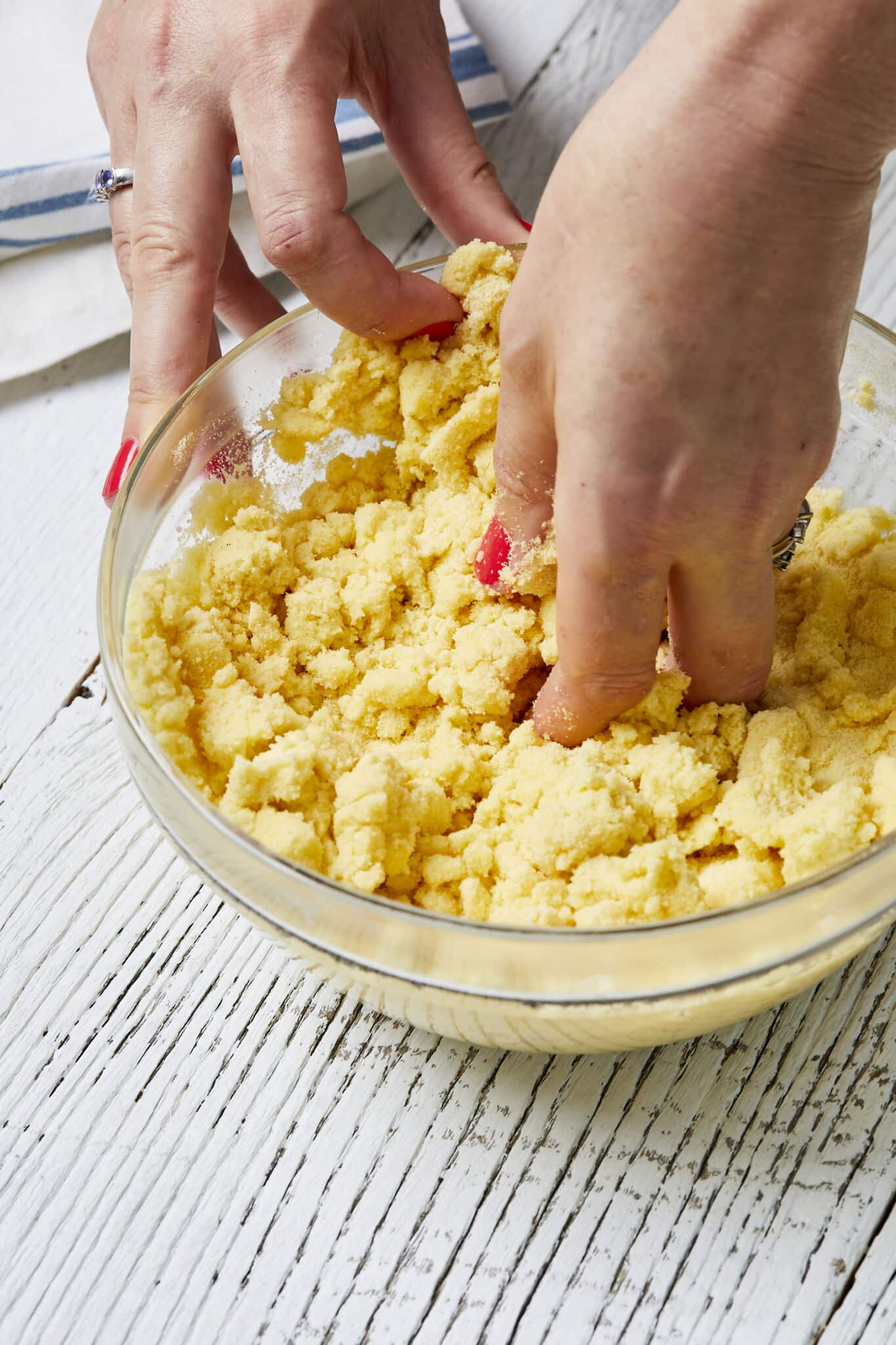
Can I Make 2-Ingredient Semolina Pasta in Advance?
Yes. You can make the dough and store it in the refrigerator for up to two days.
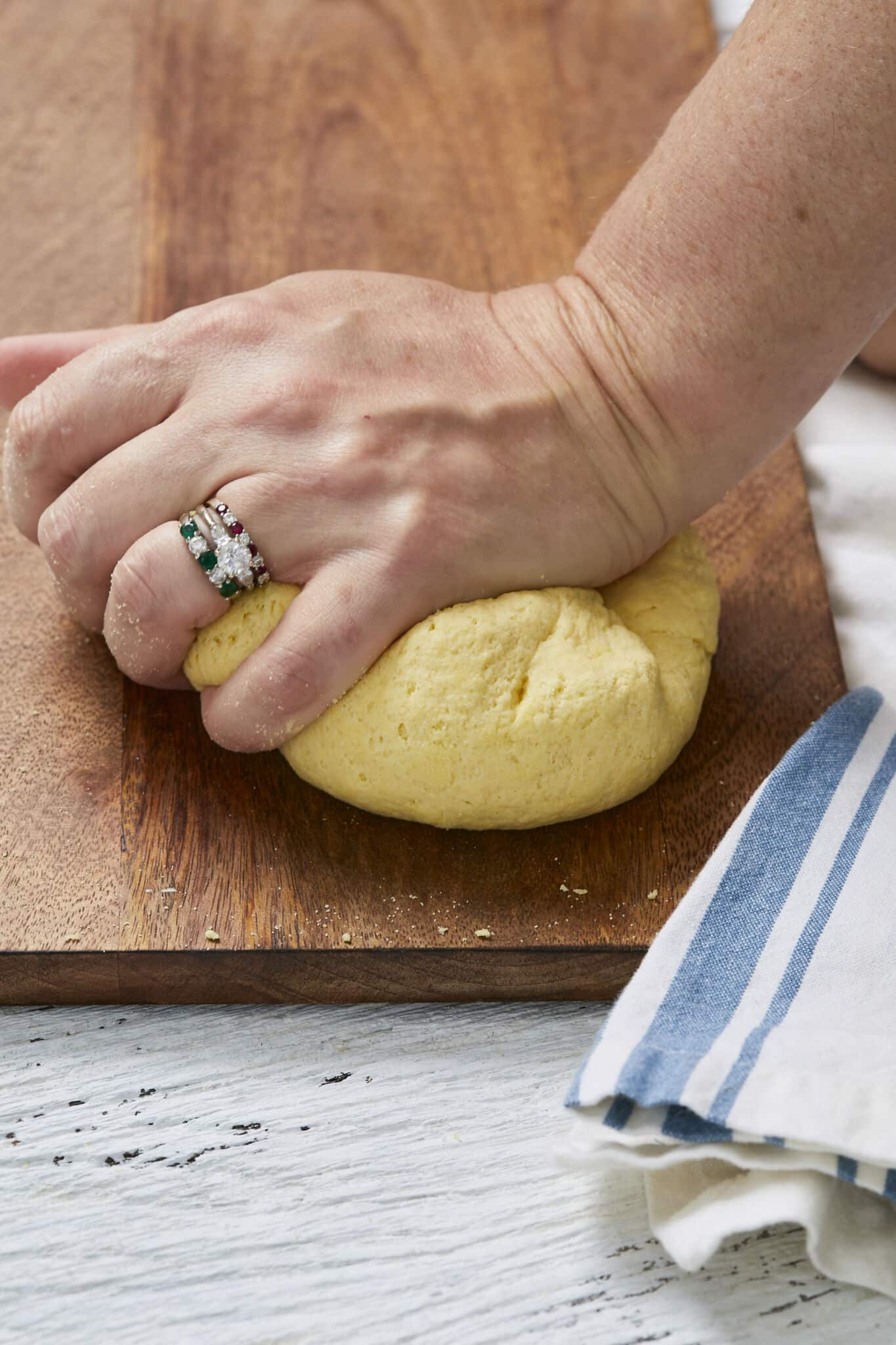
FAQs
-
Can I make 2-Ingredient Semolina Pasta without a food processor?
Sure! The food processor is by far the easiest and quickest way to make this pasta dough, but you can mix it by hand: combine the ingredients in a bowl and knead for 10 minutes.
-
What recipes are 2-Ingredient Semolina pasta used in?
- The possibilities are endless! Some classic Italian recipes include Busiate with Pesto Trapanese, Penna alla Vodka, Malloreddus with Sausage and Fennel, Olive Leaf Pasta and Herbs, Cavatelli with Ricotta and Spinach, and Pesto Pasta with Triofe.
- A fabulous sauce to use with any semolina pasta is the tangy, garlicky, crushed marinara sauce used in this Italian Baked Eggs recipe.
-
Can I use cornmeal instead of semolina in this pasta recipe?
- No. Cornmeal and semolina have a similar yellow color and grainy texture, and both can be used for dusting English muffins and pizza while cooking for extra flavor and crunch.
- But cornmeal and semolina are very different in taste and texture.
- Cornmeal is much sweeter.
- Unlike the high-protein semolina, cornmeal is finer and doesn’t have the same ability to hold its shape because it is gluten-free.
-
Can I use all-purpose flour in the recipe in place of semolina?
- Using all-purpose flour will give you a much different result.
- All-purpose flour has a lower protein content than semolina, so it will be softer, it won’t have that wonderful chewiness, and it won’t hold its shape nearly as well. The flavor will also be blander, as regular flour doesn’t have the signature wheaty taste of semolina.
- A better pasta recipe using all-purpose flour is my 2-Ingredient Homemade Pasta (Without a Machine) which includes eggs and makes a more tender stretchier pasta you cut into strips, perfect for noodles like fettuccine or pappardelle.
-
I just mixed up the dough and it seems too dry! Should I add more water?
- It will get wetter as it rests and the enzyme gets to work, so don’t be alarmed. The dough may seem dry at first, but that means the dough is most likely just right.
- After resting, If it still seems on the dry side, you absolutely can add a splash of water.
-
How do I know when Semolina Pasta is cooked enough
Cook the pasta according to the directions for each shape, and until there is no raw dough center at the bite.
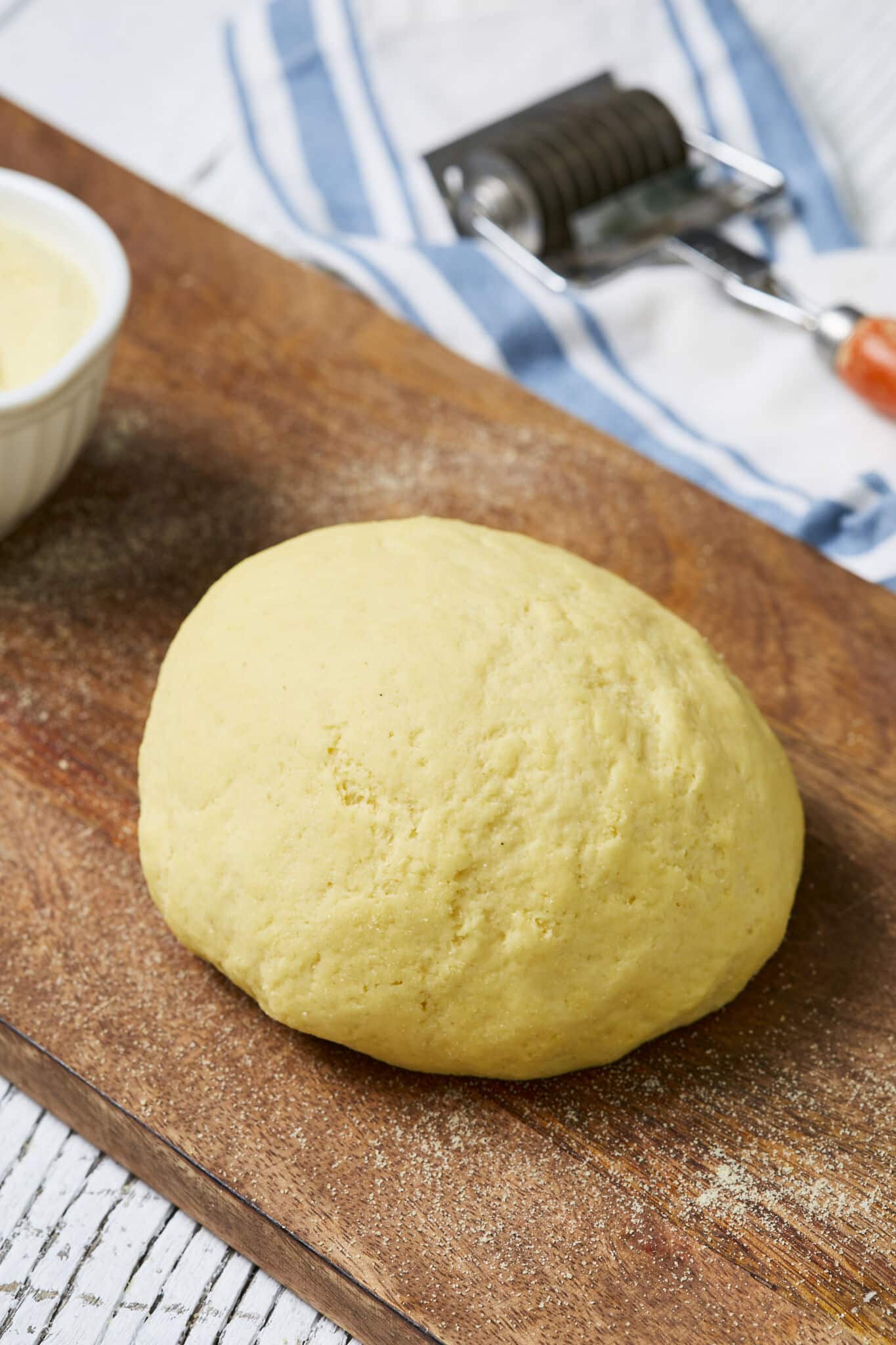
Gemma’s Pro Chef Tips
- The ratio for this pasta is two parts semolina to one part water by weight (not volume). You can increase or decrease the amount of pasta you make simply by following this rule.
- The resting time for the dough is important–it allows the gluten to relax and the dough to properly hydrate. Both of these things will make the dough easier to shape.
- In a pinch, you can use bread flour or whole wheat flour. The results won’t be the same but the higher protein content in these flours most closely replicate semolina flour.
- This dough dries out quite easily so be sure to always keep the dough covered in plastic wrap or in a bag when you are not working with it.
More Pasta Dough Recipes
2-Ingredient Semolina Pasta Recipe
Ingredients
- 3 cups (15 oz/426 g) semolina flour
- ¾ cup plus 2 tablespoons (7 fl oz/210 ml) warm water
Instructions
- Place the flour in the bowl of a food processor and turn on the machine.
- While the machine is running, slowly pour in the warm water and process until the dough starts to clump together, about 30 seconds.
- Remove the dough and knead a few times by hand to bring it together, then wrap it in cling wrap or a plastic bag and let it rest in the refrigerator for at least 30 minutes. The dough can stay wrapped in the fridge for up to 2 days. Use this pasta to make shapes like Busiate (spiral), gnocchettie (thin ribbed shells), Trofie (twisted pasta), Foglie (Olive leaf), Cavatelli (mini hot dog bun), Orecchiette Pasta (small ears).

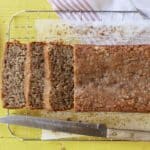
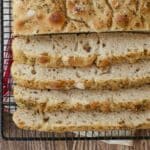
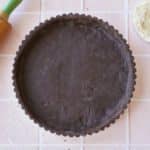



Thank U all I want to do in d dough spinach and tuna
Hi Gemma, where would we be without your amazing recipes. We are so proud of you back in the Emerald Isle. Hugs from Ireland x
Hi Gemma, I have coarse semolina and fine semolina at home. Are either of these “semolina flour” or is that something different? Would I be able to use either as a substitute? I’m really looking forward to trying this recipe!
Can you mix this in a Kitchen Aid mixer instead of a food processor?
Hi. Interesting recipe. I would love to try it. For how long this pasta dough should be cooked?
IS THIS FLOUR GLUTEN FREE
Making the dough certainly seems easy enough, but what kind of implement(s) do you use to shape the various kinds? Thanks, Gemma!
Hi Gemma, can you freeze semolina pasta?
Gemma,
Once the shapes are made, how it the pasta stored?
Can I dry it on a towel or rack, then put it in plastic bag?
Hi,
I was getting ready to make this recipe and I saw that 3 cups of semolina flour was measured at 426 grams. On the King Arthur baking site, semolina flour is measured as a cup is 163 grams. This would be 489 grams for 3 cups. Are you using a different flour than the American version?
Thank You,
Pat